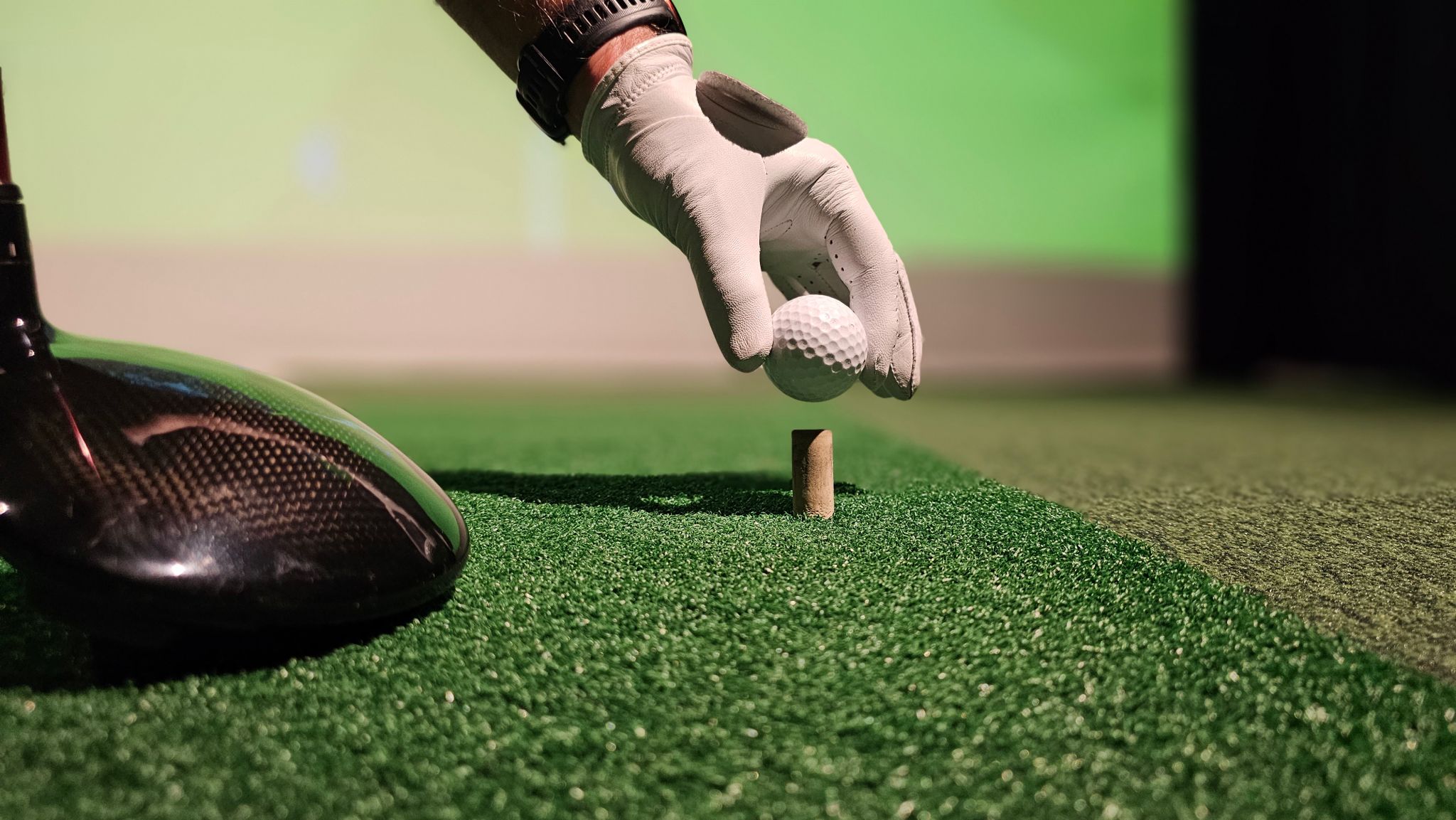How to Choose the Right Golf Club for Your Swing: An Expert's Guide
Understanding Your Swing
Choosing the right golf club is essential for enhancing your game, and the key to making the best choice lies in understanding your swing. Every golfer has a unique swing style, characterized by the speed, angle, and tempo. These factors influence which type of club will best suit your needs. Analyzing your swing is the first step in selecting the right equipment.

To understand your swing, consider getting a professional assessment. Many golf shops and courses offer swing analysis services, using advanced technology to provide detailed insights into your motion. This data will help determine whether you need clubs with specific lofts, lengths, or flex levels.
Types of Golf Clubs
Golf clubs are generally classified into four categories: woods, irons, wedges, and putters. Each type serves a distinct purpose on the course. Understanding the role each plays can guide you toward making an informed decision.
- Woods: Ideal for long-distance shots from the tee or fairway.
- Irons: Versatile clubs used for a variety of shots, including mid-range distances.
- Wedges: Specialized irons for short-range, high-accuracy shots.
- Putters: Designed for strokes on the green to roll the ball into the hole.

Finding the Right Fit
The fit of your golf clubs is just as important as their type. Ensuring that your clubs are a good match for your physical attributes and swing style is crucial for optimizing performance. Key factors to consider include club length, lie angle, and grip size.
Club length should correspond to your height and arm length. A club that is too long or too short can negatively affect your swing dynamics. Similarly, the lie angle needs to match your swing plane to ensure accurate shots. Lastly, grip size affects how you handle the club; an improper grip can lead to discomfort and inconsistency.
Club Shaft Flexibility
The flexibility of a club's shaft can significantly impact your performance. Shaft flex influences how much the shaft bends during your swing, affecting accuracy and distance. Golfers with slower swing speeds typically benefit from more flexible shafts, while those with faster swings might prefer stiffer options.

When selecting shaft flexibility, consider your swing speed and personal preference. Testing different flex levels at a golf shop or during a fitting session can provide valuable insights into what feels most comfortable and effective.
Testing Before Buying
Before making a final decision, it's wise to test various clubs under real playing conditions. Many golf retailers offer demo days or have facilities where you can try clubs on a driving range or simulator. This hands-on experience is invaluable in determining which clubs feel right for you.
During testing, pay attention to how the club feels in your hands and how it performs with various swings. Comfort and confidence with your equipment can greatly influence your game. Take notes on performance and revisit any clubs that stood out as potential candidates.
Conclusion
Choosing the right golf club involves understanding your swing, exploring different club types, ensuring an appropriate fit, and testing before purchasing. By considering these factors, you'll be well-equipped to select clubs that enhance your game and increase your enjoyment on the course. Remember, the right clubs are an investment not just in equipment but in your overall golfing experience.